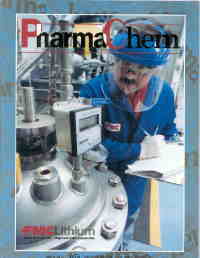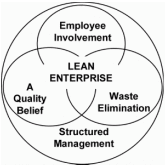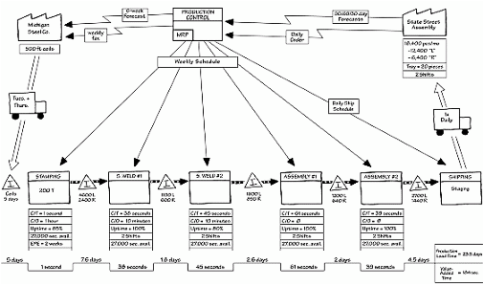Menu
Operational Improvement Consulting
Lean Enterprise | Lean Manufacturing | Lean Supply Chain | Lean Regulatory Compliance
| Lean Six Sigma | Lean Leadership & Coaching | Lean Office
| Lean Six Sigma | Lean Leadership & Coaching | Lean Office
- Home Page
- Services
- Lean and Covid
- Expertise
-
Articles
- Covid 19 Implications for Business - Human Resources
- Covid 19 Implications for Business Supply Chain
- Covid 19 Implications for your Work Stations
- Leading in New Ways
- The Isolated Executive
- Where Leaders Prevail and Managers Fail
- Quality Part 1
- Lean Supply Chain
- Maintenance Versus Production
- Project Management
- Lean Transformation
- Lean Enterprise
- Lean Performance Measurement Systems
- Lean Pharmacovigilance
- Lean Leadership
- Lean Office
- Our Clients
- About
- Contact
- Lean Enterprise
- Home Page
- Services
- Lean and Covid
- Expertise
-
Articles
- Covid 19 Implications for Business - Human Resources
- Covid 19 Implications for Business Supply Chain
- Covid 19 Implications for your Work Stations
- Leading in New Ways
- The Isolated Executive
- Where Leaders Prevail and Managers Fail
- Quality Part 1
- Lean Supply Chain
- Maintenance Versus Production
- Project Management
- Lean Transformation
- Lean Enterprise
- Lean Performance Measurement Systems
- Lean Pharmacovigilance
- Lean Leadership
- Lean Office
- Our Clients
- About
- Contact
- Lean Enterprise
|
For information about how the VIPGroup can assist your program call 847.910.6335 or Contact Us directly.
© Value Innovation Partners LTD. 2022 All Rights Reserved
|
Chicago
|







